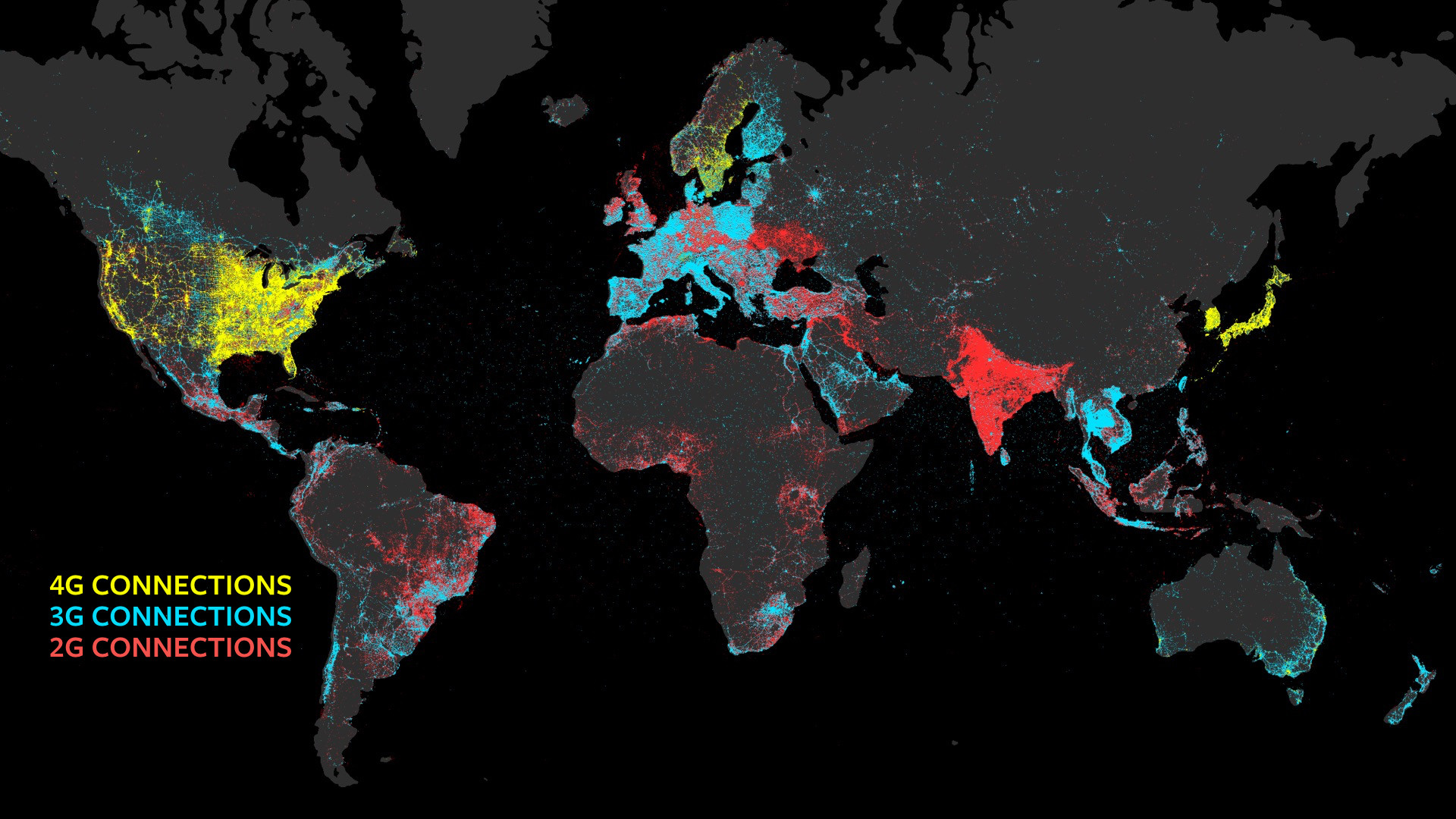Facebook's solar-powered internet drone takes its first flight

Mark Zuckerberg watches the test flight of a solar drone that will beam internet to the world's 4 billion unconnected people
Image: Facebook
Stay up to date:
The Digital Economy
Facebook has successfully completed a test flight of a solar-powered drone that will beam internet from the sky.
The drone, called Aquila, is a carbon fiber aircraft that weighs about a third of an electric car, but has a wingspan bigger than a Boeing 737 airplane. It flies on solar power during the day and battery power at night (its batteries are responsible for about 50% of its mass).
The efficient aerodynamics of the drone allow it to cruise at 60-90,000 feet (above commercial air traffic) using about as much power as three hair dryers.
When deployed, it will be part of a wider fleet of aircraft beaming internet to people within a 60-mile diameter for up to 90 days at a time.
The first flight of the full-size craft lasted for 96 minutes – that's more than three times longer than the originally planned half an hour. At the test-flight cruising altitude of 2,150 feet, Aquila consumed around 2,000 watts of power, or a little over one hairdryer's worth.

Facebook's drone fleet will use "free space laser communications" to communicate between individual aircraft, and radio technology to beam the internet signal from the fleet to receivers located on the ground.
The laser technology delivers data 10 times faster than current state-of-the-art competitors and can target an area the size of a dime (about 18mm) from over 10 miles away.

The challenge Facebook is trying to solve with Aquila is the 4 billion people without internet access. Over 1.6 billion of that number live in remote, difficult-to-access locations that currently lack mobile broadband networks. The traditional internet delivery method – mobile towers connected together by fiber – is too expensive for these rural areas.
The plan is a continuation of Mark Zuckerberg's Internet.org initiative, which aims to bring the internet to the poorest parts of the world.

Don't miss any update on this topic
Create a free account and access your personalized content collection with our latest publications and analyses.
License and Republishing
World Economic Forum articles may be republished in accordance with the Creative Commons Attribution-NonCommercial-NoDerivatives 4.0 International Public License, and in accordance with our Terms of Use.
The views expressed in this article are those of the author alone and not the World Economic Forum.
Forum Stories newsletter
Bringing you weekly curated insights and analysis on the global issues that matter.